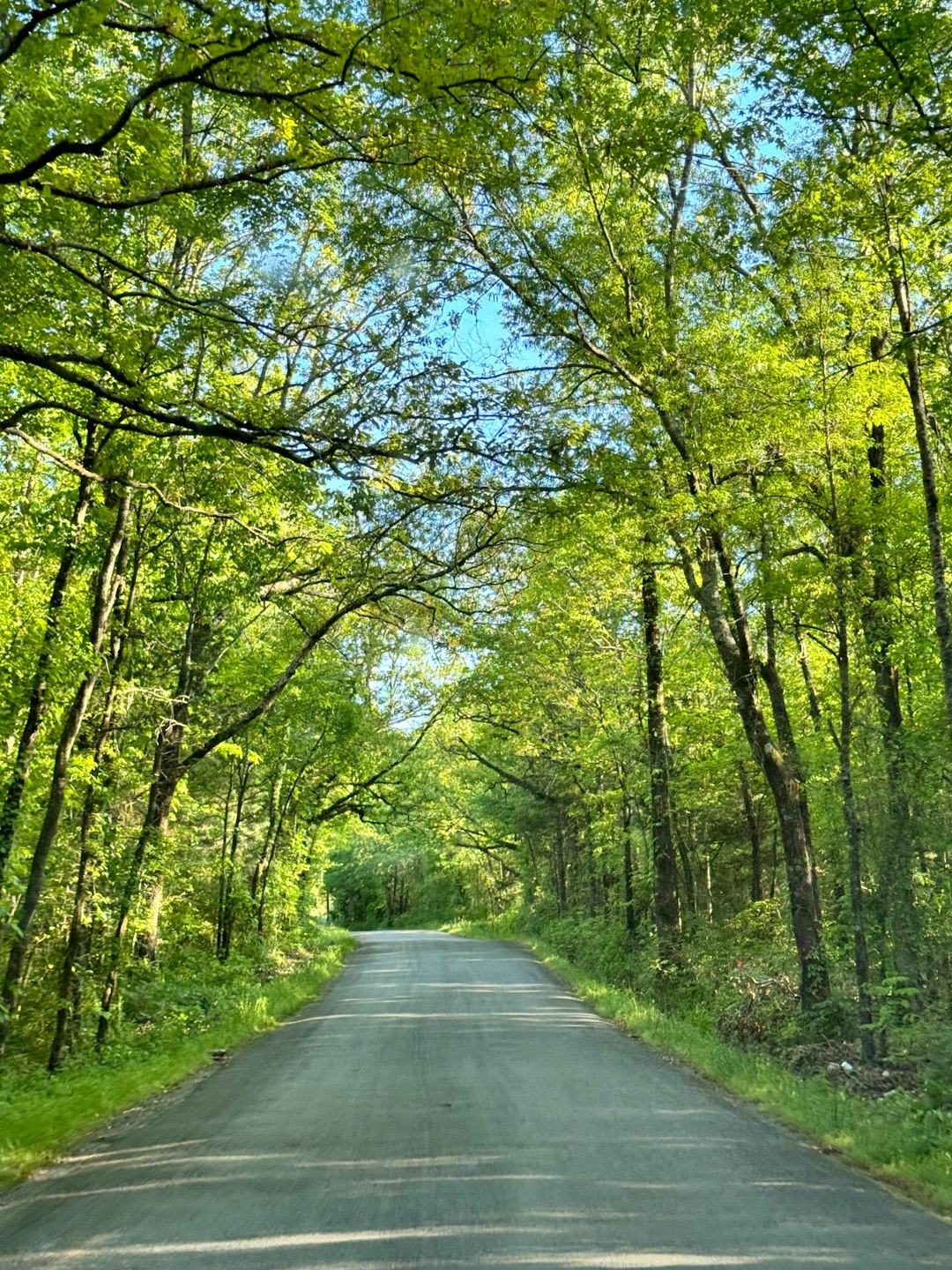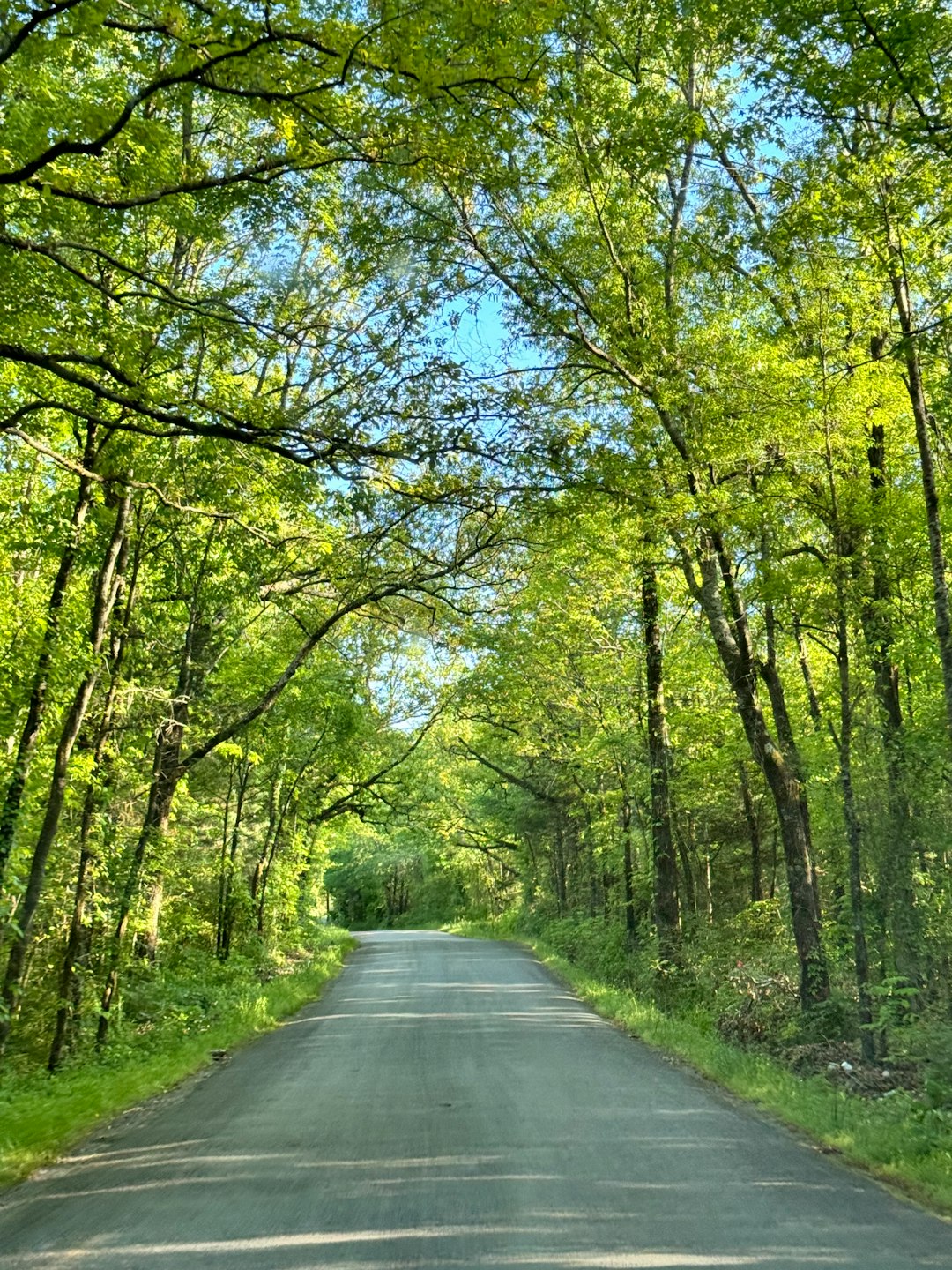In Arkansas, understanding and combating spam calls requires a strategic approach. Local surveys play a vital role by gathering firsthand experiences and data on call patterns, popular scams, peak call hours, and targeted industries. Armed with this information, Arkansans can collaborate with authorities and telecom providers to implement effective countermeasures like blocking numbers, registering on 'Do Not Call' lists, and raising awareness about the latest scams. By following a structured survey design process and maximizing participation, communities can gain critical insights to educate residents on how to stop spam calls, ultimately improving quality of life in Arkansas.
In Arkansas, as across the nation, spam calls remain a persistent nuisance. Fortunately, local surveys offer a powerful tool to combat this issue by understanding the specific types and sources of unwanted phone traffic in communities. This article guides you through the process of designing and distributing effective surveys to gather critical data. We’ll then explore how to utilize these insights to educate and empower Arkansas residents on stopping spam calls effectively.
Understanding the Local Landscape of Spam Calls in Arkansas

In Arkansas, as in many parts of the country, spam calls are a persistent and frustrating issue for residents. Understanding the local landscape is the first step to combating this problem effectively. By analyzing call patterns and popular scams targeting Arkansans, community members can gain insights into the most prevalent forms of unwanted telephone solicitation. This knowledge empowers them to take proactive measures to protect themselves and their neighbors from falling victim to these deceptive practices.
Local surveys play a pivotal role in this process by gathering firsthand experiences and identifying specific types of spam calls that resonate with Arkansas residents. These surveys help uncover common threads, such as the hours when spam calls are most frequent or the particular industries and offers often associated with these nuisance calls. Armed with this data, individuals can collaborate with local authorities and telecom providers to implement targeted strategies, like blocking numbers, registering on ‘Do Not Call’ lists, and spreading awareness about the latest scams circulating in their community.
Designing and Distributing Effective Local Surveys

Designing and distributing effective local surveys is a powerful way to gather firsthand information about spam call experiences in Arkansas. Start by crafting clear, concise questions that target specific aspects of spam calls, such as frequency, source types, and perceived harm. Utilize a mix of multiple-choice options, open-ended responses, and rating scales for comprehensive insights. Distribute these surveys through various channels like email, social media, and community events to maximize participation from diverse residents across Arkansas.
Ensure your survey is easily accessible and mobile-friendly, as many individuals prefer quick, on-the-go interactions. Offer incentives such as small gifts or entry into a raffle to encourage higher response rates. When designing the survey, keep it focused and avoid asking unnecessary questions to maintain participants’ interest. Promptly analyze the results to identify patterns and trends in spam call experiences, which can inform targeted educational initiatives aimed at empowering Arkansans on how to stop spam calls effectively.
Utilizing Survey Data to Educate Against Spam Calls

Local surveys can be a powerful tool in understanding the specific issues faced by residents of Arkansas regarding spam calls. By collecting data on frequent call sources, types of spam, and the impact on daily life, survey results can provide valuable insights to educators and policymakers. This information can then be used to create targeted educational campaigns that teach Arkansas residents effective strategies to stop spam calls.
For instance, survey findings might reveal that certain areas in Arkansas are more prone to specific types of spam, such as robocalls or marketing calls. Armed with this knowledge, community organizations and schools can design workshops or online resources focusing on blocking and silencing these calls. Additionally, the data can highlight effective do’s and don’ts, ensuring that residents learn safe practices to protect their privacy and reduce unwanted phone noise.






